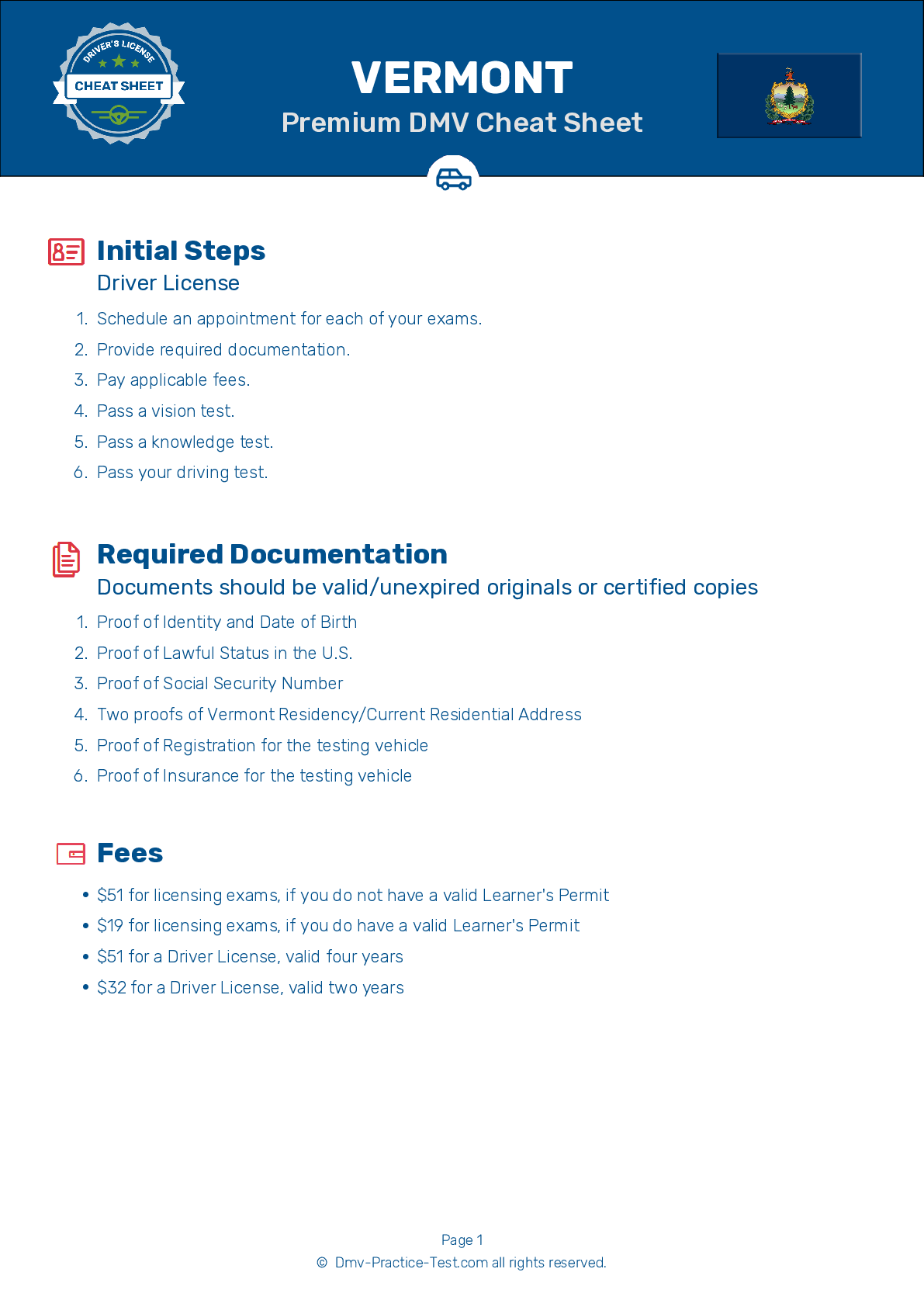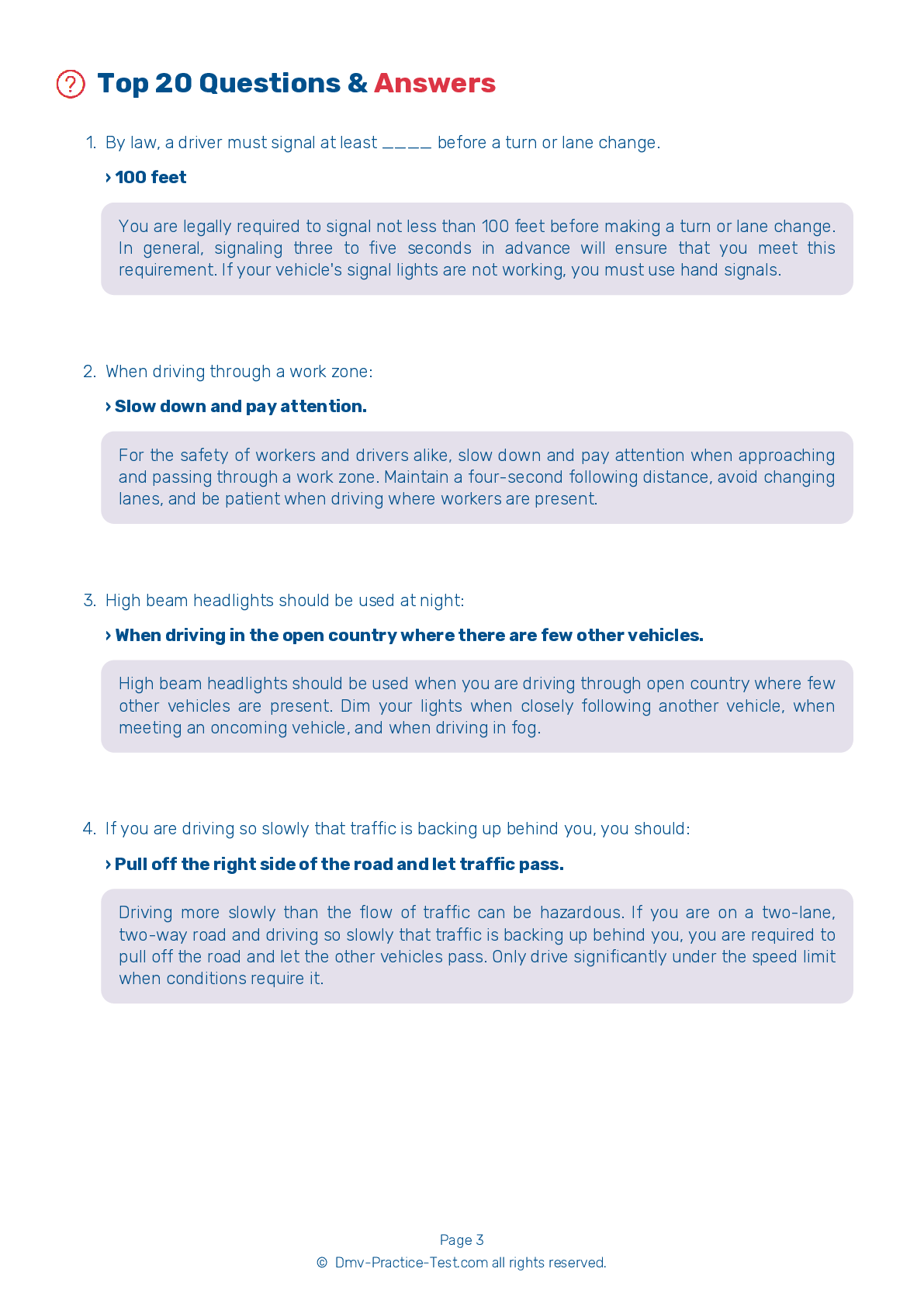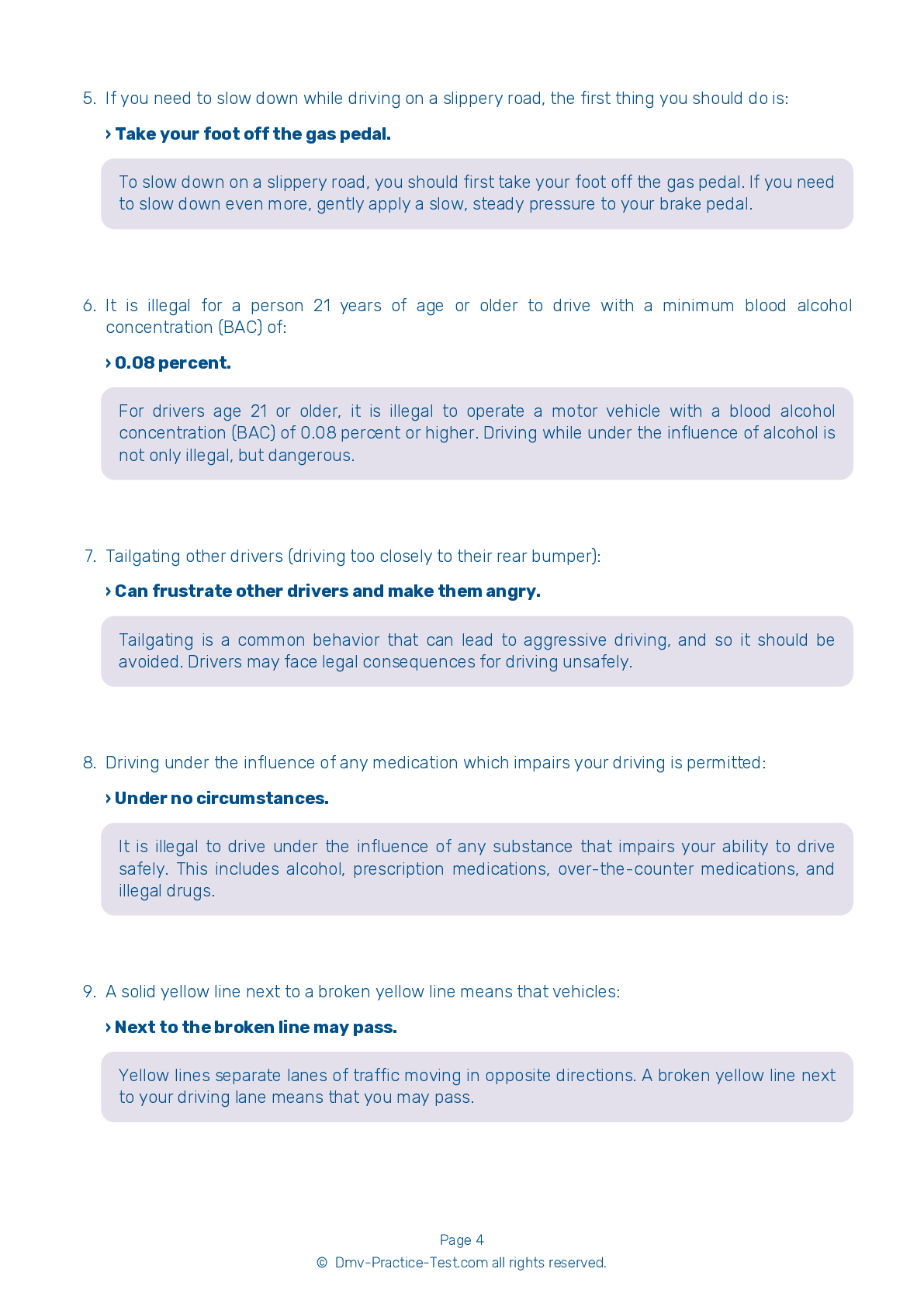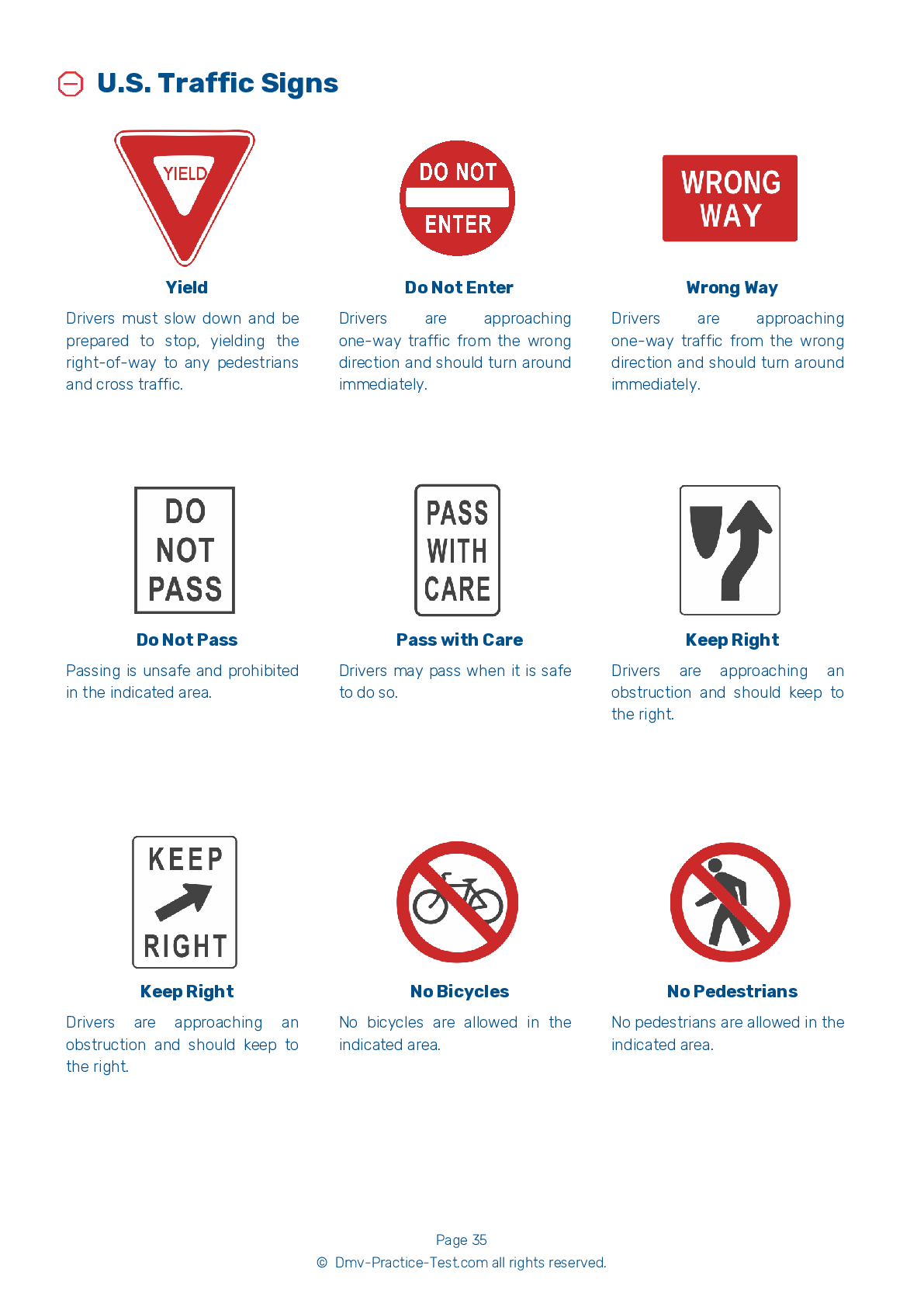FREE Vermont DMV Practice Test #18
The Vermont DMV practise examinations have been updated for January 2025. It includes questions based on the Vermont Driver Handbook's most significant traffic signals and legislation for 2025. Use actual questions that are very similar (often identical!) to the DMV driving permit test and driver's licence exam to study for the DMV driving permit test and driver's licence exam.
On the practise exam, each question gets a tip and explanation to help you remember the concepts. The written component of the official Vermont DMV test will include questions about traffic rules, traffic signs, and driving statutes, as well as knowledge from the Driver Handbook.
To obtain a passing grade, you must correctly answer 16 of the 20 questions. Use the practise exam provided by the Vermont Department of Motor Vehicles to help you prepare for your instruction permit or driver's licence.
The DMV exam is available in several languages.
Using any kind of testing assistance will result in an automatic fail, and the DMV may take additional action against your driver's licence, so stay away from it.
1 . What does an orange-colored sign indicate?
Construction, maintenance, and emergency operations signs are generally orange with black symbols.
2 . Before changing lanes on a multilane highway, you should:
Before changing lanes, you should look in your rearview and side mirrors to make sure no one is trying to pass you. You should also look over your shoulder to make sure that no one is in your blind spot.
3 . This road sign indicates:
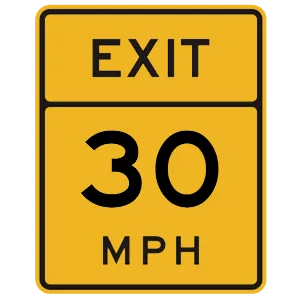
This advisory speed sign indicates the maximum safe speed for a highway exit (in this example, 30 mph).
4 . This sign means:
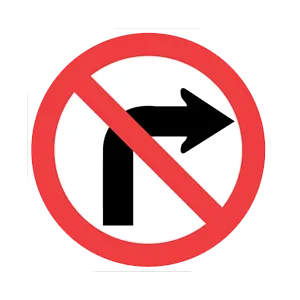
A sign with a red circle and slash over a symbol indicates that the action represented by the symbol (in this example, a right turn) is not allowed.
5 . If you see a horse and rider on the road where you are driving, you should:
Any time you encounter an animal on the roadway, drive slowly to keep from frightening it. When driving near a horse and its rider, you should slow down, move away from the horse, and avoid using your horn or accelerating in a manner that may startle the animal. Animals can be unpredictable and you should do everything you can to keep them from running into your path.
6 . Most fatal crashes involving a large truck and passenger vehicle:
In more than 70 percent of fatal crashes involving both a passenger vehicle and a truck, it was the driver of the passenger vehicle, not the truck driver, who caused the crash. Allow a cushion of space when driving near a large truck.
2025 Vermont | Frequently Asked Questions
1. Not checking mirrors and blind spots before changing lanes or turning.
2. Speeding or driving too slowly for the conditions or posted speed limit.
3. Not coming to a complete stop at stop signs or red lights.
4. Incorrect signalling or not signalling at all.
5. Poor parking, especially parallel parking.
Remember, practice makes perfect, so take time to hone your skills.
